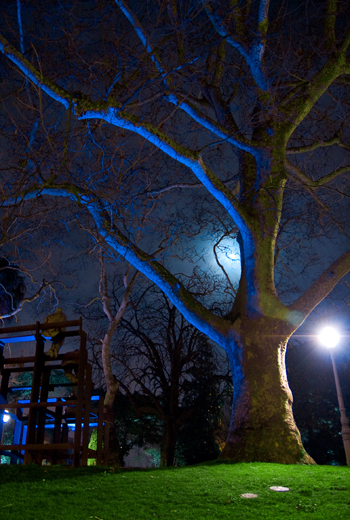Sensing using slow light in fiber Bragg gratings
He Wen, Michel J. F Digonnet, Shanhui Fan, Stanford University (United States of America)
On the edge of the bandgap in a fiber Bragg grating (FBG) narrow peaks of high transmission exist at frequencies where light interferes constructively in the forward direction. In the vicinity of these transmission peaks, light bounces back and forth numerous times across the periodic structure and consequently experiences a large group delay. Since the sensitivity of a sensor to most external perturbations is proportional to the reciprocal of group velocity, in these slow-light regions the sensitivity of an FBG is expected to be significantly enhanced over traditional FBG sensors operated around the Bragg wavelength.
In this presentation, we will describe means of producing and operating FBGs that support slow light with a group index that can be in principle as high as several thousand. We will present simulations elucidating how to select the FBG parameters, in particular index modulation, length, and degree of apodization, to generate such low group velocities, and quantify the very large improvement in strain and temperature sensitivities resulting from these new slow-light configurations. As a proof of concept, we will report an FBG with a group index of 69, or a group velocity of ~4,350 km/s, comparable to that of acoustic waves in glass. This is by far the lowest group velocity reported to date in an optical fiber. The measured characteristics of this slow-light FBG as a strain sensor will also be reported.
















